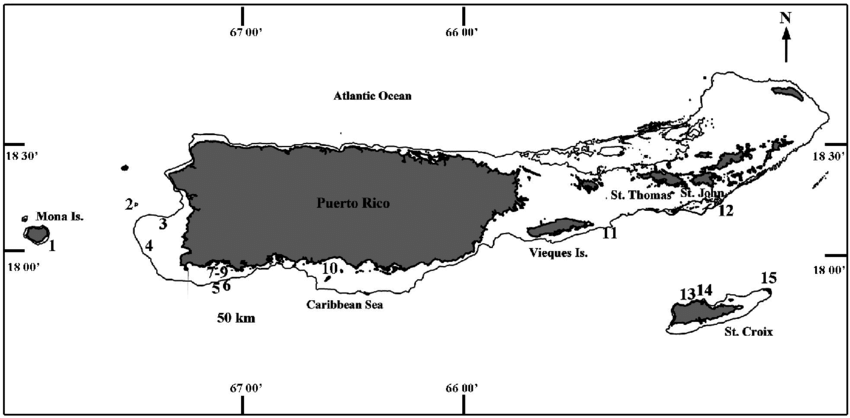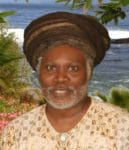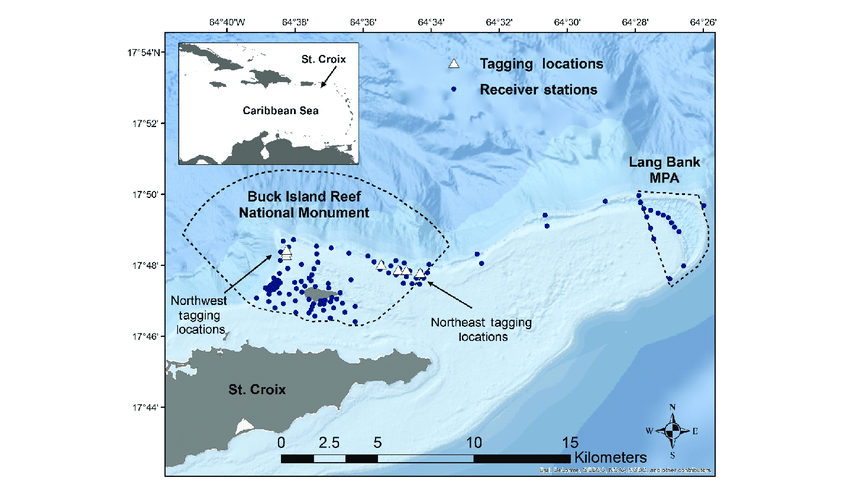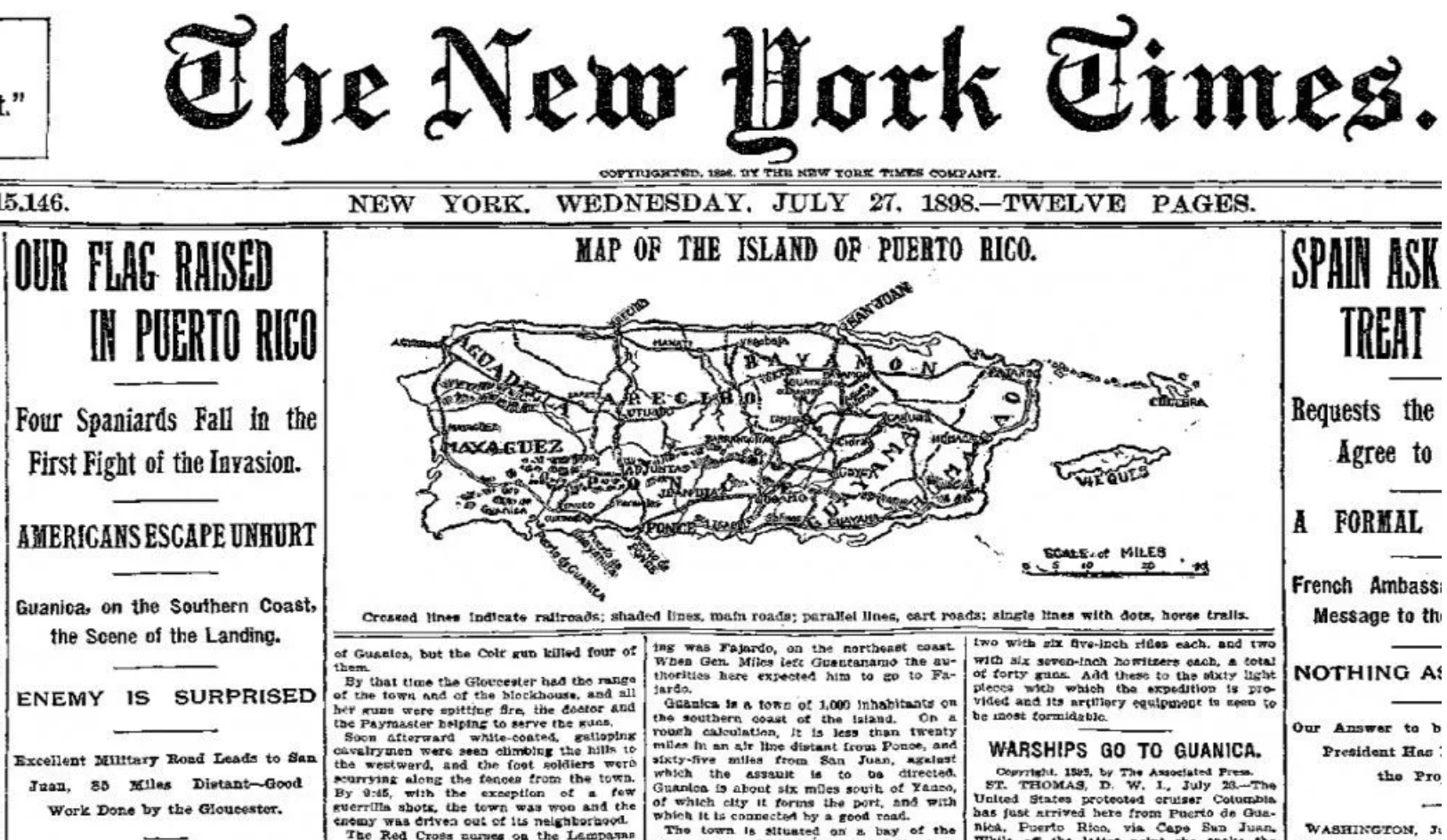
For the past 50 odd years, we have been celebrating Virgin Islands and Puerto Rico Friendship Day. In 1964, the late Gov. Ralph Paiewonsky created the holiday to recognize the contribution made by our sisters and brothers from the Greater Antilles Island of Puerto Rico. However, the connections between the people of the Virgin Islands and Puerto Rico are very deep, extending from the geological formation of the islands, to their indigenous people, colonial history, to the present-day Virgin Islands.

Geologically speaking, all the northern Virgin Islands including the British Virgin Islands are on the same “bank” or “shelf” as Puerto Rico. According to geologists, the northern Virgin Islands’ mountainous islands and cays extend from eastern Puerto Rico to the Anegada Passage, which gave birth to the Pleistocene period, or at least to the end of the Tertiary period of land mass formation.
About 10,000 years ago, according to geologists’ theories, the shelf, rocks, and cays of the Virgin Islands — except for St. Croix — were connected with one another and with Vieques, Culebra, and Puerto Rico. With this connection of the islands of the northern Virgin Islands and Puerto Rico, they had a continuous land mass with a common biota, or association of animals and plants species. As a result, each of the species occupied it own ecological niche and geographic range.
For example, certain species of pigeons and doves each year during the Easter flight over the Virgin Islands archipelago come from the west, the Greater Antilles of Puerto Rico, that occupied their own niche in the geographic region of the northern Virgin Islands — St. Croix being a little bit off although the birds flew in few numbers there.
In the late naturalist George A. Seaman’s book titled “Every Shadow Is a Man: A Journey Back Into Birds and Time,” he mentioned when flying from Puerto Rico to the northern Virgin Islands that you can see the connection between the islands. “Looking down from an airplane when travelling over the large and small islands all appear to be resting on a shallow and luminescent sandy plateau,” noted Seaman.

Nevertheless, St. Croix’s “shelf bank” is surrounded by very deep water. At one time in the geological history of St. Croix, its land mass was large enough to include Protestant Cay, Buck Island, Green Cay, and the shoal areas to the south, and all of Lang Bank to the east that had a common biota, which is different from the northern Virgin Islands.
However as recently as 10,000 years ago, at the time of maximum glaciation in the Pleistocene period, which is about 11,000 years ago, the ice sheets stored enough water to lower the sea level to about 200 feet. There is a deep channel of 15,000 feet that isolated St. Croix from the other Virgin Islands and Puerto Rico, which apparently, according to geologists, were connected. So, from the geological history of the Virgin Islands, Puerto Rico is a sister island to us. In terms of people, the Virgin Islands and Puerto Rico are connected by history and culture.
As far back as prehistoric times, the indigenous people of the Virgin Islands — particularly the island of St. Croix, known as Ay Ay by the Taino and Cibuqueira by the Kalinagos — travelled back and forth to Puerto Rico to trade and exchange cultural knowledge between the two neighboring islands. In fact, St. Croix was a satellite of the island of Boriquen, our present-day Puerto Rico. Whereas in the 1600s, hundreds of enslaved Africans escaped to Puerto Rico for their freedom during the Danish rule of the Danish West Indies. Today, there are settlements in Puerto Rico for more than 300 years where runaway slaves known as Maroons from the Virgin Islands lived in places such as Loiza.
During the U.S. Civil War, the United States government recognized the need for a naval station in the West Indies. In 1867, it drew up a treaty to purchase St. John and St. Thomas, but the treaty was not ratified by the U.S. Senate. The treaty, however, didn’t include St. Croix at that time. Again, during the Spanish-American War, the United States attempted to purchase the Danish West Indies. However, the Danish didn’t approve the treaty.
Finally, on March 31 , 1917, the U.S. government purchased the Danish West Indies from Denmark. According to the late Isaac Dookhan, the islands were purchased “as a coaling depot and a military base to promote or safeguard vital United States economic interests in the region,” among them the Panama Canal. It was during the Spanish and American War that the United States captured the island of Puerto Rico in 1898. The Spanish-American War was a broader effort to push Spain out of the Caribbean and the Pacific.

Under U.S. colonial rule, Puerto Rico, Vieques, and Culebra were devastated economically and, sad to say, this was by the hands of America’s democratic system. With the early rule of Puerto Rico by the American government, there were numerous challenges, including economic struggles and social hardships the people faced. The Great Depression, which originated in the United States in 1929, further exacerbated the difficulties faced by Puerto Ricans.
It was during this period that many people from Culebra, Vieques, and Puerto Rico migrated to the Virgin Islands, particularly to the island of St. Croix to find work. Many Puerto Ricans also migrated to the U.S. mainland, particularly to the city of New York, looking for work as well. According to Clarence Senior, “Puerto Rican migration to an island in such a depressed condition would seem like ‘jumping out of the frying pan into the fire.’” However, to get a good understanding historically of the migration of Puerto Rican to the Virgin Islands, I would recommend reading Senior’s book.
The book title is “The Puerto Rican Migrant in St. Croix: Social Science Research Center, University of Puerto Rico,” published in 1947. It is an excellent, well-researched book to read. It outlines issues of Puerto Rican migration to St. Croix and how it was addressed where the Virgin Islands became the home for hundreds of people from Vieques, Culebra, and Puerto Rico. By the 1920s, 30s, 40s, 50s, and beyond our sisters and brothers from Puerto Rico, including Vieques and Culebra, made great contributions to the Virgin Islands economy in businesses and as farmers, teachers, fishermen, layers, senators, governor, judges, etc.
So, when we celebrate Virgin Islands and Puerto Rico Friendship Day every year, we are not only celebrating our 59 years, but the culture and human history of both Puerto Rican and Virgin Islanders. Therefore, we need to teach our children how Puerto Rico and the Virgin Islands history is connected with each other and as one people of diverse background and one people geologically and culturally.
— Olasee Davis is a bush professor who lectures and writes about the culture, history, ecology and environment of the Virgin Islands when he is not leading hiking tours of the wild places and spaces of St. Croix and beyond.





